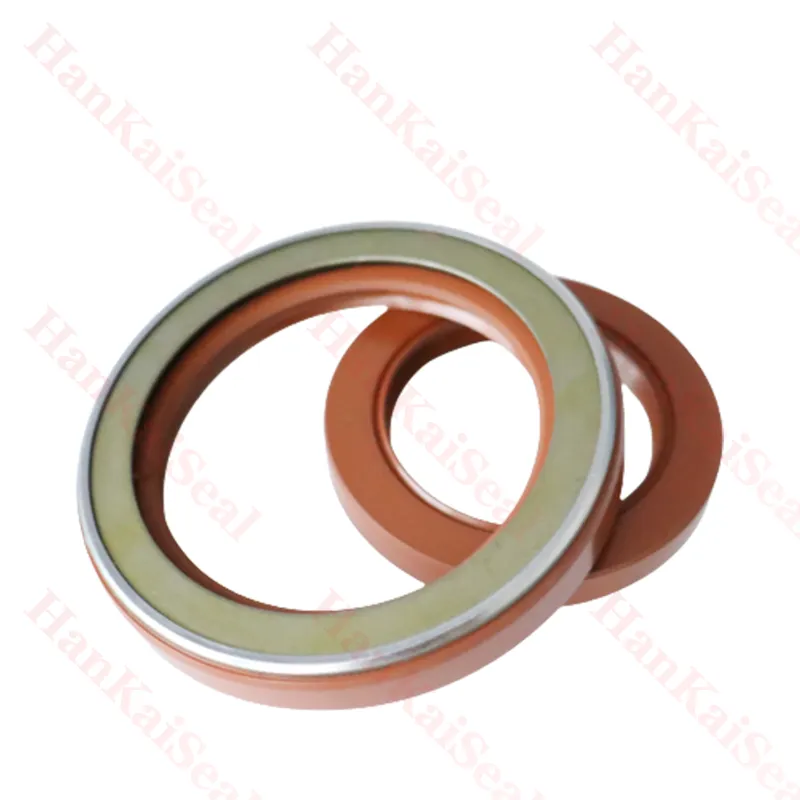Դկտ . 07, 2024 02:14 Back to list
hydraulic cylinder repair seals
Repairing Hydraulic Cylinder Seals A Comprehensive Guide
Hydraulic cylinders are essential components in many machines and industrial equipment, facilitating smooth operation through the application of hydraulic pressure. However, over time, seals within these cylinders can wear out, leading to leaks and decreased efficiency. Repairing hydraulic cylinder seals is crucial for ensuring optimal performance and extending the lifespan of the machinery. In this article, we will explore the importance of seal repair, common issues, and tips for effective maintenance and repair.
Understanding Hydraulic Cylinder Seals
Hydraulic cylinder seals serve to contain hydraulic fluid within the cylinder, preventing leaks while allowing for the smooth movement of the piston. These seals must endure high pressure, temperatures, and exposure to various fluids, which can lead to deterioration over time. There are several types of hydraulic seals, including piston seals, rod seals, and backup rings, each serving a specific function to maintain system integrity.
Common Issues with Seals
1. Wear and Tear As hydraulic systems operate, seals can experience friction and wear, resulting in cracks, tears, or deformities. This can lead to fluid leaks and decreased performance. 2. Contamination Dirt, debris, and particulate matter can enter the hydraulic system, causing abrasive wear on seals. Regular maintenance and proper filtration are required to prevent this.
3. Improper Installation Incorrect installation can lead to premature seal failures. Ensuring that seals are installed correctly and aligned properly is crucial.
4. Compatibility Issues Using the wrong type of seal material for specific hydraulic fluids or operating conditions can lead to chemical degradation, resulting in leaks and failures.
Steps to Repair Hydraulic Cylinder Seals
1. Identify the Problem The first step in repairing hydraulic seals is to diagnose the issue. Look for signs of leaks, decreased pressure, and inspect the seals for visible damage.
hydraulic cylinder repair seals

2. Disassemble the Cylinder Once the problem is identified, the hydraulic cylinder must be safely disassembled. Ensure that you follow proper safety procedures to avoid injury or further damage to the equipment.
3. Inspect Components Thoroughly inspect the cylinder, piston, and rod for damage. Look for scratches or corrosion that might require attention aside from the seals.
4. Replace Seals Choose appropriate replacement seals based on the specifications of the hydraulic cylinder. It is essential to select seals that are compatible with the hydraulic fluid and the operating conditions they will face.
5. Reassemble the Cylinder Carefully reinstall the seals and reassemble the hydraulic cylinder. Make sure all components are correctly aligned, and follow the manufacturer’s guidelines for assembly.
6. Test the System After reassembly, conduct a thorough test of the hydraulic system to ensure that it operates efficiently without leaks. Monitor the system closely for any signs of issues that may arise.
Preventive Maintenance Tips
To minimize seal wear and enhance the longevity of hydraulic cylinders, consider the following preventive maintenance tips
- Regularly check fluid levels and quality. - Maintain a clean environment around the hydraulic system. - Use quality filtration to prevent contamination. - Schedule routine inspections of seals and other components.
In conclusion, repairing hydraulic cylinder seals is critical for maintaining equipment performance and preventing costly downtime. By understanding the common issues related to seals and following best practices for repair and maintenance, operators can ensure the reliability and effectiveness of their hydraulic systems. Remember, a proactive approach to seal maintenance can save both time and money in the long run.
-
Unlocking the Potential of Hydraulic Systems with Essential Sealing Solutions
NewsAug.06,2025
-
Unleash the Power of Your Hydraulic Systems with Our Premium Seal Kits
NewsAug.06,2025
-
Specialized Hydraulic Seal Kits for Breakers, Pistons, and Presses
NewsAug.06,2025
-
Revitalize Hydraulic Systems with Premium Repair and Seal Kits
NewsAug.06,2025
-
Fortify Your Cylinders with Premium Sealing Solutions
NewsAug.06,2025
-
Elevate Hydraulic System Reliability with Specialized Seal Kits
NewsAug.06,2025
-
TCN Oil Seal Metal Ring Reinforcement for Heavy Machinery
NewsJul.25,2025
Products categories
















